This piece was initially posted on the Global Landscapes Forum Blog in light of the Peatlands Matter conference in Jakarta, Indonesia. Read the original piece here.
How old is old growth in Borneo?
130 million years.
Almost 80 percent of the island of Borneo was covered with this old growth rainforest in 1973. Today, only 28 percent remains.
Barely bigger than France, Borneo’s rainforests are packed with more rare and fascinating species than almost anywhere else in the world. However, Borneo is becoming famous for other reasons.
The multi-billion dollar palm oil industry has been expanding rapidly on Borneo. Palm oil is used in everything from cosmetics to food to biofuels. Borneo alone is responsible for half of the global supply. Similarly, pulpwood demand is high for products from toilet paper to cheap furniture.
This combination of factors has resulted in Borneo having the highest current deforestation rates in the world. This news has captured the attention of conservationists around the globe. It has put plantation businesses in the spotlight for wreaking environmental havoc on this biodiversity hotspot.
Public and governmental efforts have pressured companies into reducing their deforestation rates, but up until a recent study, tracking these commitments has been nearly impossible.
David Gaveau and his research team at the Indonesia-based Center for International Forestry Research (CIFOR) have changed that. They have spent the last four years developing an Atlas of Deforestation and Industrial Plantations in Borneo, an application that overlays peer-reviewed deforestation and soil data with land ownership data.
The Atlas is an open platform that allows researchers, advocacy groups, government officials and companies themselves to have an objective, top-down look at which landholders are driving the most deforestation. Many companies pledge to reduce their deforestation rates, but until now, it has been very difficult to see if they are following through on their promises.
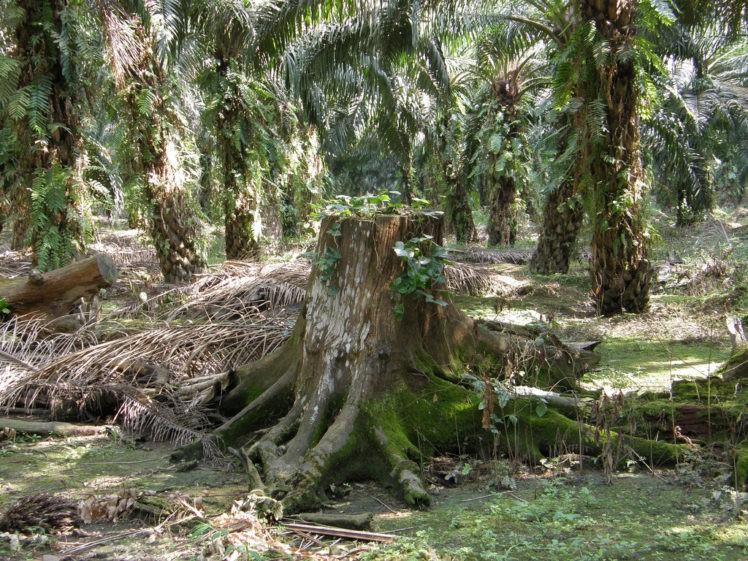
“This is essentially the selling point of this product,” Gaveau explained in an interview at the Global Landscapes Forum: Peatlands Matter conference in Jakarta, “is that it is making companies accountable for deforestation they have caused in the past. It is for [companies] who have made reforestation pledges. It is for those areas where governments have put in place moratoriums/bans on certain types of forest clearing. This will verify whether they have followed through [on their commitments].”
The best part: there is four decades worth of data. Gaveau and his team have compiled satellite imagery dating back to 1973. Within two years, they could develop this tool for Sumatra, Peninsular Malaysia, Papua New Guinea and even parts of the Philippines.
"Sumatra and peninsular Malaysia are large established producing regions for palm oil and for pulpwood... Papua is the last frontier. The oil palm and pulpwood industries are still undeveloped but the island is still covered in pristine forest...We need to watch these forests before it is too late." - David Gaveau
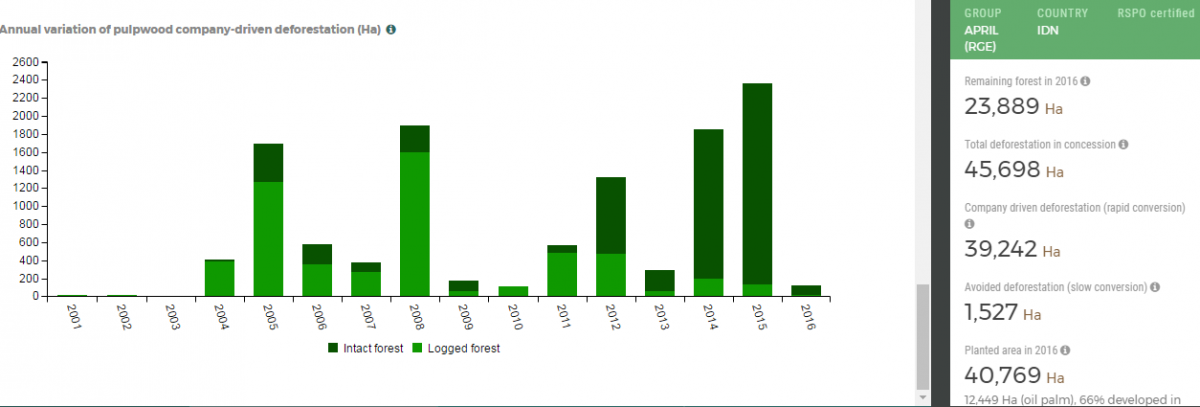
Peatlands Ablaze
Another important aspect of this map is concealed beneath the forest canopy. Tropical rainforests in Southeast Asia account for two thirds of the world’s peatlands, and these nutrient-rich soggy soils store massive amounts of carbon. In fact, peatlands are estimated to contain twice as much carbon than contained in all of the world’s forests combined.
When these carbon-rich peatlands are drained for agricultural conversion, they are extremely susceptible to fires. In 2015 a massive fire broke out across the Indonesian rainforests and peatlands. This single event produced 15% of the world’s annual carbon emissions in a matter of weeks. It caused billions of dollars-worth of damage and affected half a million people with respiratory disease. Tropical peatland forests are safe when left saturated and covered in forest.
The Atlas helps raise awareness for all forest stakeholders and shareholders on the location of these vital but delicate carbon stores, and encourages planting on already degraded land. With data as far back as 1973 and as recent as of 2016, the Deforestation Atlas can help advocacy groups as well as palm oil and pulpwood companies preserve the remaining 130 million year-old forests of Borneo for millions of years to come.
Here are some other maps that visualize human pressures on nature:



















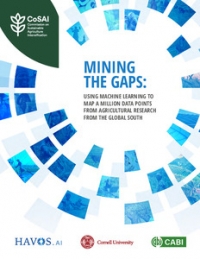
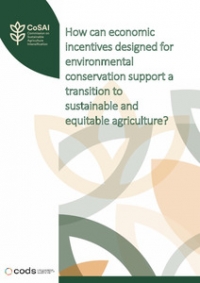
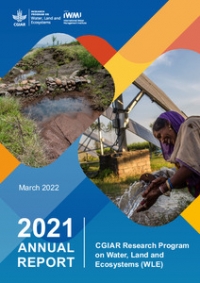
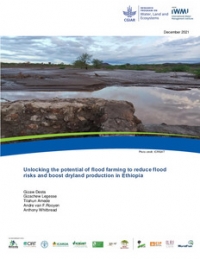
Comments
Where is the citation for this 15% of carbon emissions figure? That is a whole lot of Carbon eh? Furthermore, is the combined carbon content of the peatlands forest+soil=carbon>forests of world? I suppose, what I'm getting to, is how does peatland soil compare to, say, the carbon rich soil of temperate forests? How does this equation work out: peatland forest carbon+peatland soil carbon=temperate forest carbon+temperate soil carbon?
Hi John, indeed, it is a lot of carbon. For the amount of area they take up, peatlands are extremely carbon-dense environments, storing over 600 Gt of carbon worldwide. Here is the concept note from which the 15% number came, prepared by CIFOR.
With strong variation around the world, peat-wetland soils store almost double the amount of carbon content per square meter. Estimates actually suggest that peatlands contain twice as much carbon as found in all the worlds forests. That being said, peatlands cover a much smaller area on the earth's surface than temperate forests do-- about 3-5% of the earth's surface. A fantastic infographic made by the Global Landscapes Forum and led by CIFOR can provide you with more stats and the citations.